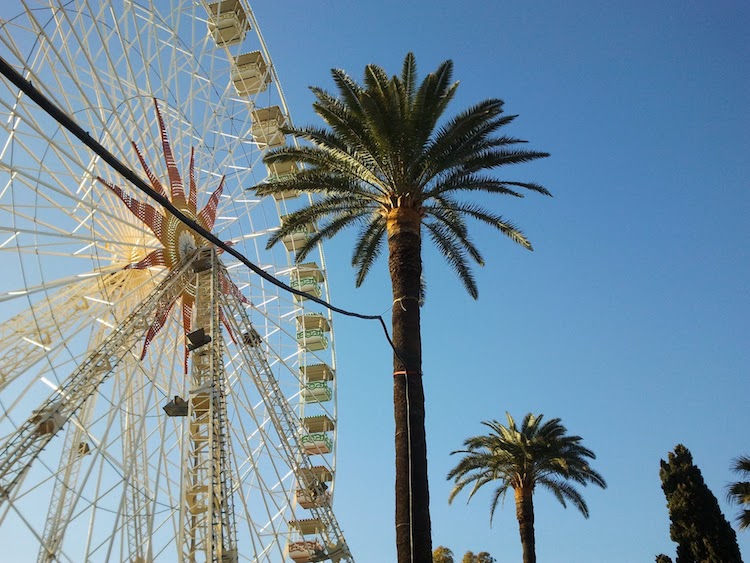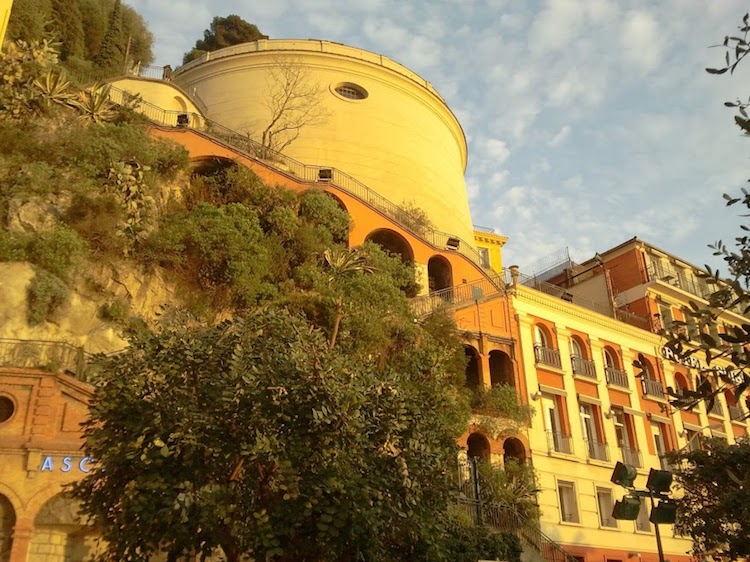The capital of the French Riviera joins a roster of cities around the world bearing the prestigious label, receiving the distinction notably for its contribution to winter tourism.
After a first unsuccessful attempt in 2019 to be included in the UNESCO World Heritage list, the mayor of Nice, Christian Estrosi, finally sees his cherished dream come to fruition. It has just been announced that Nice got a coveted spot in the ranking, joining over 40 other remarkable sites all over the world.
“The history of Nice, which is at the same time deeply rooted and open, Mediterranean and Alpine, European and cosmopolitan, has produced an architecture and a landscape that are unique, a model for many other cities in the world,” said Nice’s mayor Christian Estrosi in reaction to UNESCO’s announcement.
In its colourful history that spans 400,000 years since the first settlement by Hominids, Nice has been home to Greeks (who founded “Nikaia” 3,000 years ago), followed by the Romans 2,000 years ago who left their traces notably in Cemenelum, now better known as Cimiez, a motley collection of invaders, Garibaldi, English and Russian royals, French artists, Arabic sheikhs, Russian oligarchs, international tourists, and regular Niçois. The Ottomans came through here, and so did Napoleon. In the 1950s Nice frequently was the picturesque backdrop of world famous movies like Hitchcock’s “To Catch A Thief” with protagonists Cary Grant and Grace Kelly, and “And God created Woman” which put Brigitte Bardot in the limelight once and for all. And later still, Nice’s spectacular vistas from the heights of Mont Boron lured many a contemporary star to pitch tent here, from the late great Sean Connery to Elton John and Bono.
But in the latter decades of the 20th century, Nice went into deep hibernation, accompanied by neglect. Its infrastructure crumbled, buildings fell into disrepair, and the famous Italianate Old Town from the 1500s was a crime-riddled no-go area. A few half-hearted projects were undertaken to revive the ailing town, which included the construction of several architectural eyesores right adjacent to the heart of the city – the twin buildings that house the Théatre de Nice and MAMAC, and the Acropolis convention centre. Longtime residents also still remember with a certain shudder the unsightly central bus stop and parking area that took up prime real estate in central Nice.
When Estrosi was voted into office in 2008 he pledged to change the city’s appearance and image, and he certainly did. He undertook to immortalize himself in a pharaonic makeover of the city. His initiatives included welcome improvements like the Coulée Verte city park and a whole new public transportation system of trams. But not all of his ideas were universally popular: he gentrified the Gare du Sud and the entire Libération neighbourhood, driving its former lower-middle class inhabitants to the fringe of the city. His taste in art leans toward monumental modern-abstract works made from materials like steel or glass that do not easily blend into Nice’s Mediterranean profile. And the futuristic Diamant building next to the central train station dating back to the Belle Époque era is quite simply universally loathed.
But Estrosi isn’t done yet: next, he wants to tear down the National Theatre and the convention centre and rebuild them to extend the Coulée Verte for another mile or so. He wants to create a real “smart” city with “ecocités” (environmentally friendly neighbourhoods) in the boondocks, and he wants to plant 360,000 trees, one per inhabitant.
The mayor’s ambitious plans suffered setbacks through events he certainly cannot be personally held responsible for, like the 2016 terrorist attack on the Promenade des Anglais that killed 86, or the current pandemic. Twice he had to manage enormous and unprecedented crises with harsh ramifications on Nice’s primarily tourist-dependent economy, and he did so quite well.
Overall, Estrosi kept on course though and brought tremendous value to his city, measured in attractiveness for tourists. Making the most of the good fortune that Mother Nature and the climate gods bestowed on Nice, he turned the city into a year-round travel destination with an attractive offer of activities that is the envy of its neighbouring towns.
Apart from staples like the Carnaval de Nice or the Nice Jazz Festival, the art-loving mayor has brought numerous high-profile events to Nice, which include annual cultural festivals like the Farandole which celebrates national folklore and partnerships, or a theatre festival which includes every theatre in town from the TNN down to the most modest basement stage. But also major sports events like the Tour de France kickoff happen right here. He even revived the moribund Victorine film studios and has since lobbied hard to make Nice the Number Two destination, after Paris, as a movie location.
All of this happens not always to the unbridled joy of the Niçois who for a good ten years now have had to deal with constant detours around blocked-off areas, endless disruptions through major road construction sites, the decentralized new city hub in Nice-West which is highly inconvenient for the vast majority of citizens, and the Big Brother-esque city camera surveillance system that the mayor had installed. Add to that the explosion of Airbnb properties at the cost of affordable housing, the astronomical costs of living for locals driven by luxury tourism, and of course the massive burden on municipal finances – paid for by taxpayer money. But disgruntled Niçois aside, the mayor achieved what he set out to do: to put Nice on the UNESCO World Heritage list.
But if you think this is where Estrosi’s ambition ends, here is his next goal: “It is with the same determination that I will now devote myself to supporting Nice’s application for the label of European Capital of Culture 2028.”
A city consists of more than just pretty buildings, a magnificent seafront, and great views. What makes a city truly special is its local flavour, created by the people who are born there, or have lived there for many years – not tourists, not “second home” owners who stop by twice a year, not transients who in two years from now will up and leave again. And certainly not the super rich with their yachts and private planes. A city needs people from all walks of life. It needs artists and artisans, bus drivers and bankers, clerks and creators. It needs jobs and housing and an enriching offer of activities for all. It needs to give its poorer and underprivileged population in the fringe quarters of town – often immigrants – a reason for social integration and peaceful cohabitation. We hope that mayor Estrosi keeps in mind the fate of the city of Liverpool, which just recently lost its place in the UNESCO World Heritage ranking.
All photos © RIVIERA BUZZ, all rights reserved










Leave a Reply